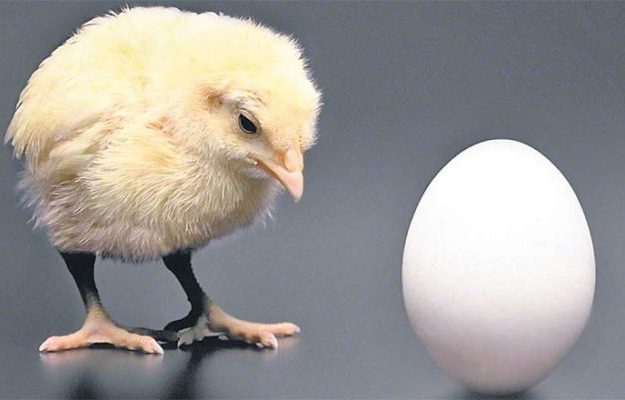How To Design A Tiny House – Part 2
Choose Size
The most common sizes tend to be 16′, 20′ and 24′. There are of course variations but these sizes are also very convenient because most sheet goods (plywood, OSB, drywall, etc.) generally come in 4’x8′ increments. Working in a 4′ increment decreases your labor and cutting, especially on those critical structural portions of the build.
Choose Style
Get a feel for the type of style of house you like best. You can read more on that in Part 1. My suggestion for this is the fun stuff, look at other tiny houses! Pinterest, Google, Bing, get a book, whatever you like best, check things out, you will gravitate to a certain style. Even if it is only that for you, form follows function, you’ll find things that would function well for you.
Choose Roof
It’s not all about style, a big component of a tiny house is the roof! It defines a style but also can provide a lot of function.
Gable Roof
The classic gable roof provides a pitched roof, the actual pitch can vary in slope from a very slight angle to a steeper angle. This can provide a high head area for a loft, vertical storage to sling a bike above head, and a feeling of spaciousness. It can run either direction, when running the longer direction it can help with aerodynamics if planning on driving often. The side that is not sloped is called the rake (ie ‘the rake end’)
Hip Roof
I hip is the same as a gable roof but all ends are pitched as well, there is no rake wall. This gives it a more horizontal feel from the exterior and may take away from interior storage space, depending on the layout.
Shed Roof
A shed roof makes for easy construction and a simple structure. It too can run either direction, if sloping up from the hitch end it can reduce drag making it easier and more economical to pull. This can generally be at any slope, large or small (check with your roofing material specs, many require at least a 2:12 (2″ rise for every 12″ run) slope or more for warranty). This is also a simple way to take advantage of rain harvesting as it can be collected in one location easier than being split on opposite sides of the home.
Sawtooth
This can also go either direction and offers a unique roof line which can enhance your space and also offer opportunities for upper windows to let light in the space and views from a loft (and ventilation!). This is a great way to be able to incorporate some overhangs and passive design strategies if that is what you’re after.
Flat
A flat roof is a great way to maximize space. You do need to have a little bit of a slope to a planned location so that rainwater doesn’t sit on top (at least 1/4″ for every 1′). This can be a great way to collect rainwater as well. It will take some structural calculations to account for any snow loads so your roof doesn’t crash down on you. This is a much complained about style of roof, if not done correctly it has a tendency to leak and fail over time, if you go this route make certain you follow all rules and do a great job!
Gambrel
The classic barn style roof, this is a great option that offers all the benefits of the gable roof but bumps the sides out to offer more headroom and without the drawbacks you can find with a fully flat roof. This has a unique ‘look’ to it as well!
Dormers
Dormers are not a roof style persay but an additional component to any roof style. They can take on the appearance of any of the styles above but are a miniature ‘bump-out’ in the roof structure that allow you to give more space to a targeted area. These are often seen in the loft areas but there is no limit to where they can be located and how they can look. They area a bit more complex when it comes to framing but are certainly simple enough to do!
Vardo
The vardo style roof is more organic and often takes on a curved form based on its origin of draping cloth over curved wooden frames. These can be more complicated to build and insulate but create unique and beautiful forms.
Combo
There are no limits to the combinations of roofs you can make, this may not seem like a big deal but your roof style gives a LOT of character and style to your tiny house, that style is the only part that most people see. Interior is important but so is the exterior! At this point the more beautiful your home is the more flexible you can be with parking options. Since parking is such a collaborative component of tiny living at this point you can become dependant on your aesthetics to find parking.
This is a collaborative site, please, if you have something to add/correct leave a comment!


















